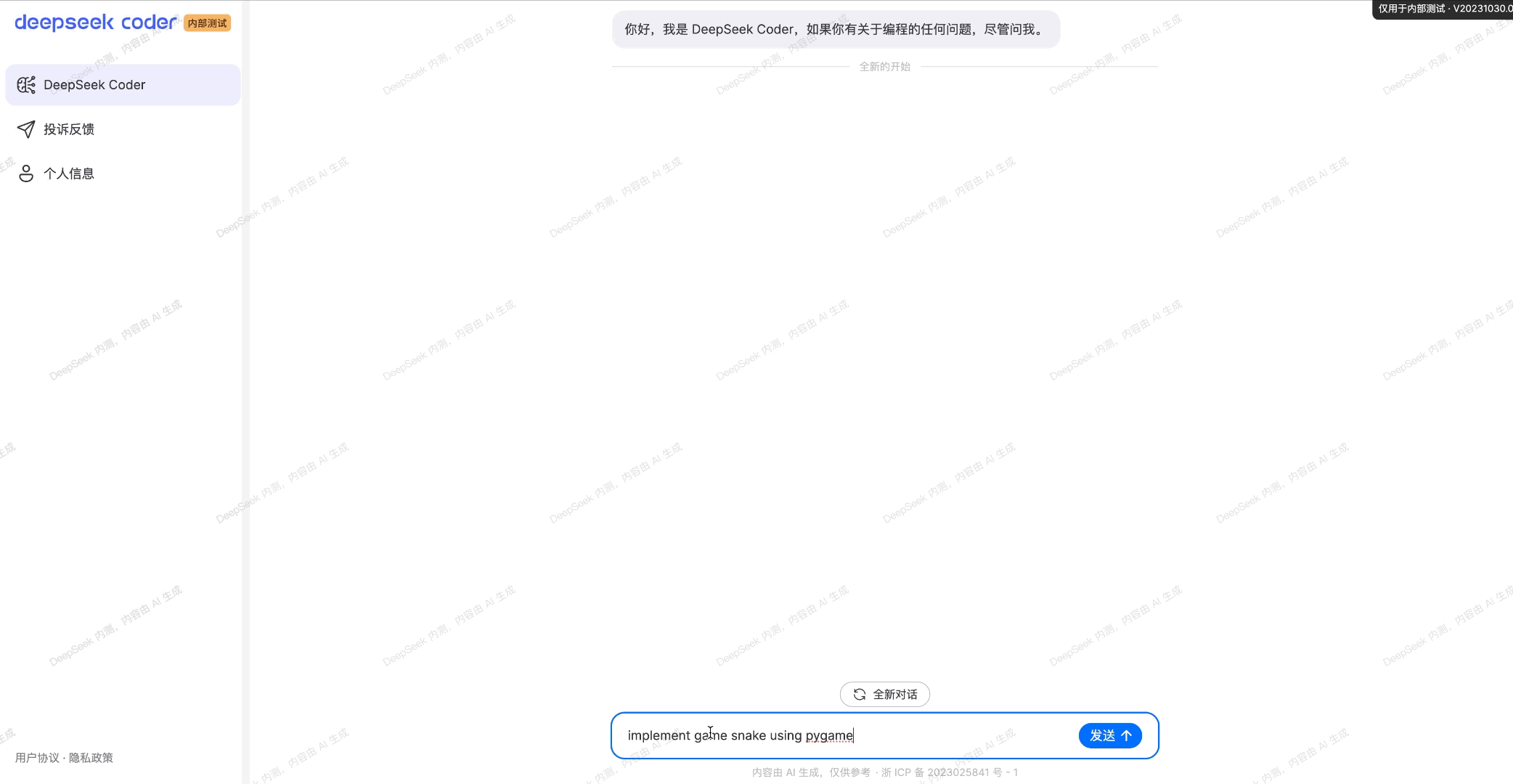Scientists are gathering to DeepSeek-R1, a cheap and effective artificial intelligence (
AI) 'thinking' design that sent out the US stock market spiralling after it was launched by a Chinese company last week.

Repeated tests recommend that DeepSeek-R1's capability to solve mathematics and science issues matches that of the o1 design, launched in September by OpenAI in San Francisco, California, whose reasoning designs are thought about industry leaders.
How China developed
AI design DeepSeek and
stunned the world

Although R1 still fails on lots of tasks that researchers might desire it to carry out, it is providing researchers worldwide the opportunity to train custom-made
reasoning designs developed to resolve issues in their disciplines.
"Based upon its piece de resistance and low expense, we believe Deepseek-R1 will encourage more scientists to attempt LLMs in their everyday research, without worrying about the expense," states Huan Sun, an
AI scientist at Ohio State University in Columbus. "Almost every colleague and collaborator working in
AI is discussing it."
Open season
For researchers, R1's cheapness and openness could be game-changers: using its application shows
interface (API), they can query the model at a
fraction of the cost of exclusive competitors, or for complimentary by utilizing its online chatbot, DeepThink. They can also download the design to their own servers and run and build on it free of charge - which isn't possible with competing closed models such as o1.
Since R1's launch on 20 January, "heaps of scientists" have actually been examining training their own thinking designs, based on and influenced by R1, says Cong Lu, an
AI researcher at the University of British Columbia in Vancouver, Canada. That's backed up by data from Hugging Face, an open-science repository for
AI that hosts the DeepSeek-R1 code. In the week because its launch, the site had actually logged more than three million downloads of different versions of R1, including those already developed on by independent users.
How does ChatGPT 'think'? Psychology and neuroscience crack open
AI big language models
Scientific jobs

In initial tests of R1's capabilities on
data-driven clinical tasks - taken from genuine papers in
topics consisting of bioinformatics, computational chemistry and cognitive
neuroscience - the model matched o1's efficiency, states Sun. Her team challenged both
AI designs to complete 20 jobs from a suite of problems they have created, called the ScienceAgentBench. These include tasks such as analysing and imagining data. Both designs solved just around one-third of the obstacles properly. Running R1 utilizing the API cost 13 times less than did o1, but it had a slower "believing" time than o1, keeps in mind Sun.
R1 is also revealing guarantee in mathematics. Frieder Simon, a mathematician and computer system
researcher at the
University of Oxford, UK, challenged both designs to create a proof in the abstract field of functional analysis and discovered R1's argument more
appealing than o1's. But given that such models make errors, to gain from them researchers need to be already armed with skills such as informing a good and
bad proof apart, he says.
Much of the excitement over R1 is since it has been released as 'open-weight', suggesting that the discovered connections in between different parts of its algorithm are available to build on.
Scientists who download R1, or among the much smaller sized 'distilled' variations likewise released by DeepSeek, can enhance its performance in their field through extra training, called great tuning. Given an
ideal data set, researchers might train the design to enhance at coding tasks particular to the scientific process, states Sun.
